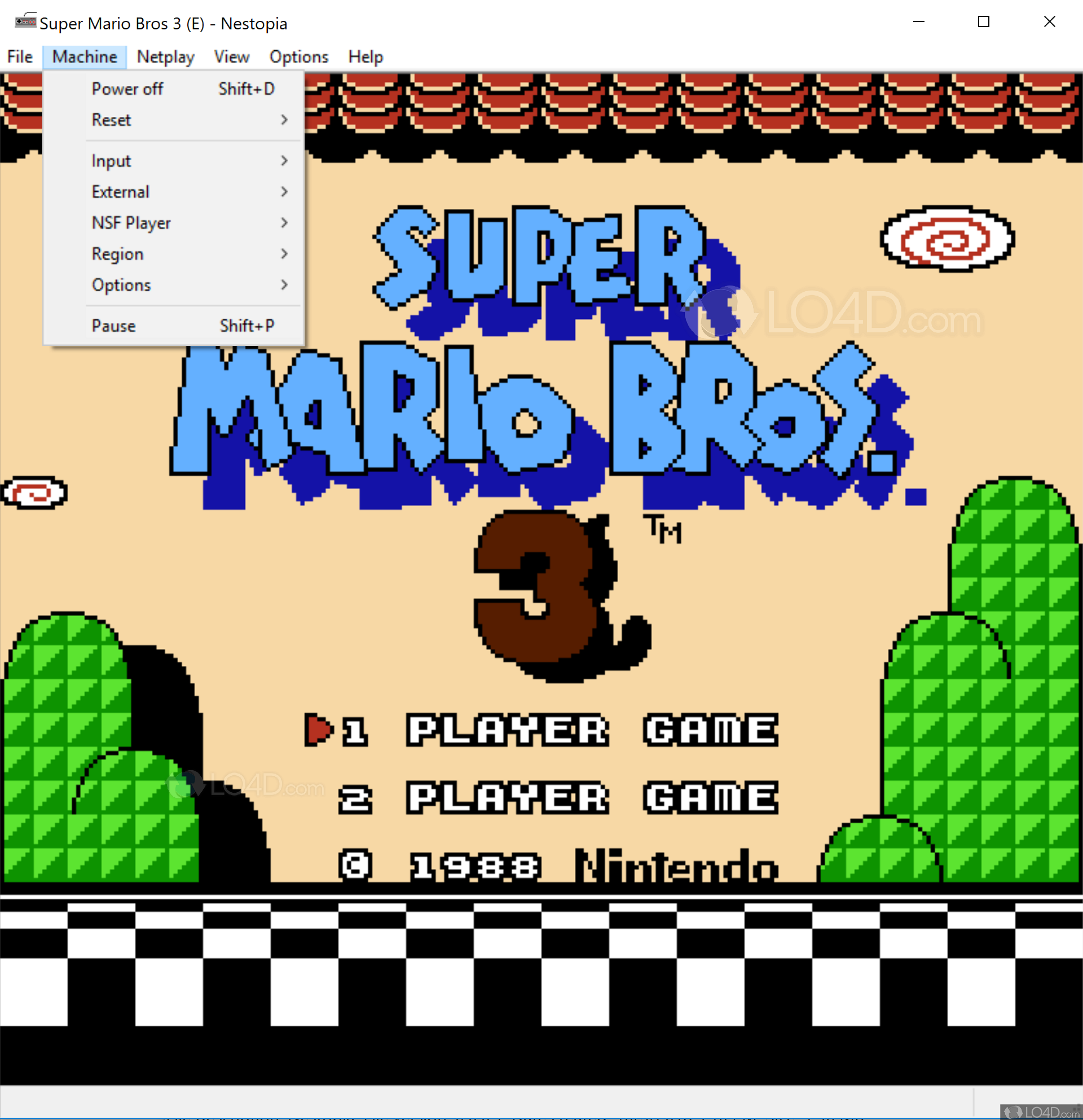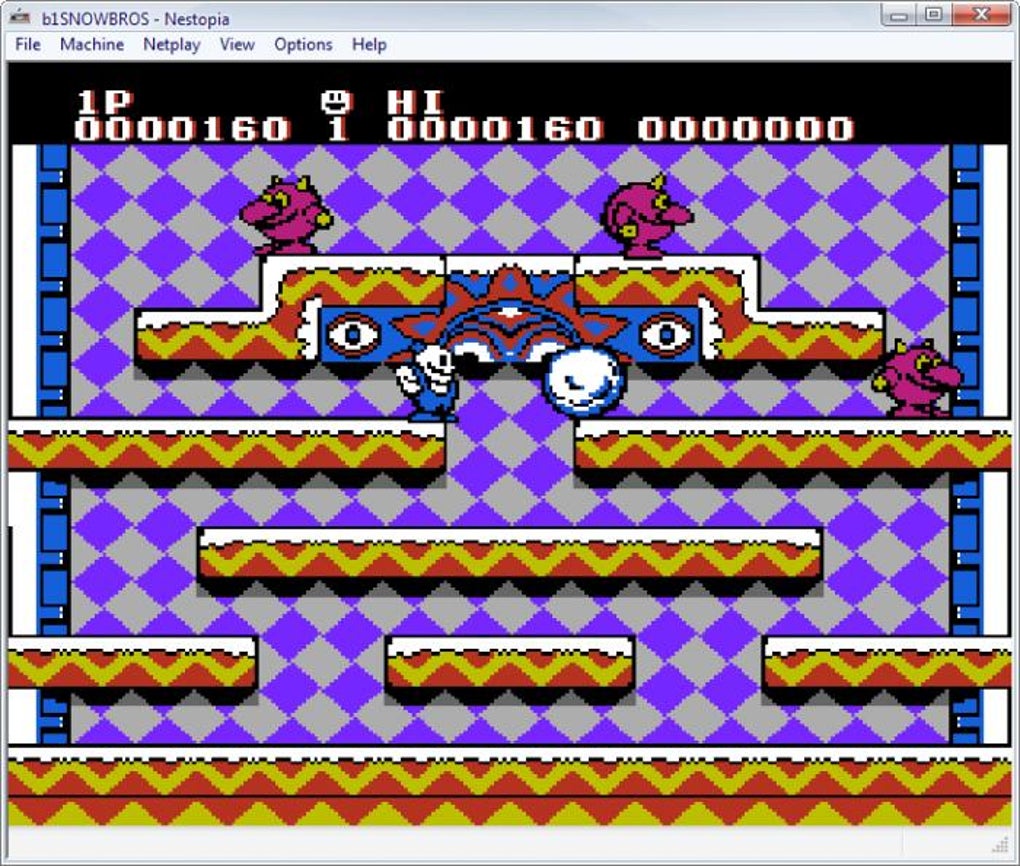
- #NESTOPIA EMULATOR FOR WINDOWS PC#
- #NESTOPIA EMULATOR FOR WINDOWS PLUS#
- #NESTOPIA EMULATOR FOR WINDOWS SERIES#
- #NESTOPIA EMULATOR FOR WINDOWS TV#
OpenEmu uses a modular architecture, allowing for game-engine plugins, allowing OpenEmu to support a host of different emulation engines and back ends while retaining the familiar Windows native front end. One third-party library example is Sparkle, which is used for auto-updating. The project leverages modern Windows technologies, such as Cocoa, Core Animation with Quartz Composer, and other third-party libraries.
#NESTOPIA EMULATOR FOR WINDOWS PC#
OpenEmu for Windows PC is an open source Emulator project whose purpose is to bring Desktop game emulation into the realm of first class citizenship. Nestopia gives the user the choice to use the RGB palette featured in these cabinets, though it is not usually considered to be the definitive or "real" NES palette.OpenEmu – Multiple Video Game System for Windows (PC Desktop) Version The colors on these cabinets tend to be very vibrant and saturated, giving games a very distinct look compared to how they would look on the real console.
#NESTOPIA EMULATOR FOR WINDOWS SERIES#
Some arcade machines based on the NES hardware, such as the Pla圜hoice-10 and the Versus series of cabinets, did generate a native RGB signal, however. Emulators such as Nestopia have the ability for the user to edit the color palette to their liking. As such, there isn't really a "true" NES color palette, and which emulator has the "best" palette often comes down to preference, or whichever looks closest to how the real console looks on a user's own particular TV. NES emulators are similarly afflicted by this issue, as they each have their own algorithms for generating the NES color palette, meaning they all have slightly to wildly varying palettes.
#NESTOPIA EMULATOR FOR WINDOWS TV#
This is why NES games appear to have different colors on different TV sets.


This means the resulting color palette often varies depending on the display's decoder. Unlike consoles like the SNES, which natively generate the image in pure RGB, the NES/Famicom normally generates and outputs an encoded NTSC video signal, which must then be decoded by the TV's built-in NTSC decoder. It did not seem that there was standardization until the next generation of consoles. SMB3 requires a lot of cropping, however the same level of cropping will obscure of the letters in the status bar in Castlevania games. Many games seem to require different levels of overcropping. There is, however, seemingly no standard level of overcropping. Several NES games need the overscan to be cropped to look proper. Note the blank blue area to the left and the green garbage on the right. Version 2.2.2 is promised to have brought improvements from Bizhawk, a more accurate emulator, but it is unknown how much is fixed.Įxample of faulty visuals that are exposed due to crop overscan not working. FCEUX scores fairly low in the same tests, despite being a recommended emulator on TASVideos. The New PPU is more accurate than the Old PPU, however.Nestopia has a high ranking in those same tests.However, according to the same tests, Mesen is actually slightly ahead of puNES, with a score of 98.1%.So just because an emulator has high ratings doesn't mean it is free of issues. These test ROMs used for determining accuracy in tests, unfortunately, don't test everything that matters for accurate emulation (and in some cases, test stuff that doesn't matter for emulating any games). PuNES is the most accurate NES emulator according to tests.

#NESTOPIA EMULATOR FOR WINDOWS PLUS#
*AoEX is based on NesterJ 1.12 Plus 0.61 RM, so it includes features like rewind mode, cheat codes support, rotated/mirrored screen, sepia palette, support to rare mappers (the pirate bootleg FF7 works on it), etc, but its compatibility is inferior to 1.13 beta 2.


 0 kommentar(er)
0 kommentar(er)
